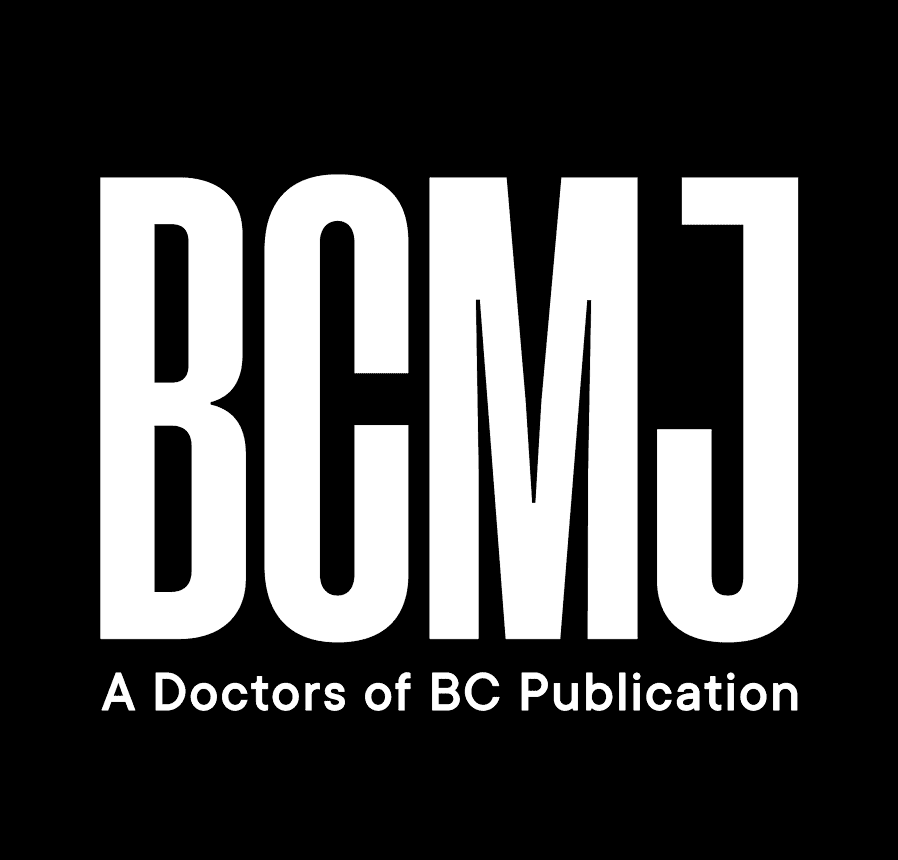Postpartum cardiovascular health: Why enhanced screening and longitudinal care are essential
The postpartum period, described as a critical yet underserved phase in maternal health care, presents unique challenges and opportunities for screening and treating women at risk of premature cardiovascular disease (CVD). Research has increasingly highlighted the connection between complications during pregnancy—such as gestational diabetes, preeclampsia, preterm birth, intrauterine growth restriction, low birth weight, placental abruption, and hypertensive disorders of pregnancy—and elevated cardiovascular risk. Despite these risks, significant gaps in postpartum screening persist, exacerbated by limited access to longitudinal primary care.
One study showed that only 29% of women with gestational diabetes received the recommended blood glucose screening. Similarly, 90% of women with gestational hypertension had their blood pressure checked postpartum, but comprehensive follow-up, including lifestyle counseling and specialist referrals, was often lacking. Many women don’t have a longitudinal primary care provider, leading to a shortened window of opportunity to receive preventive CVD care. These care gaps underscore the need for more robust postpartum screening and interventions to mitigate future risks.[1]
Socioeconomic disadvantage compounds these challenges. Women from lower socioeconomic backgrounds face heightened stress, decreased access to providers, and adverse living conditions, all of which increase the likelihood of pregnancy complications. These conditions, in turn, elevate lifetime risk of CVD. Addressing these disparities requires systemic interventions, including policies aimed at reducing socioeconomic inequalities and enhancing access to comprehensive postpartum care.[2]
Family physicians are pivotal in bridging the care gap during the postpartum period. Pregnancy serves as a cardiovascular stress test that can reveal latent risk factors. Family physicians are uniquely positioned to conduct comprehensive risk assessments and provide ongoing care, including lifestyle counseling and therapeutic interventions. For women without access to primary care, the lack of follow-up increases the risk of missed diagnoses and delayed interventions.[3] For instance, women who experience hypertensive disorders of pregnancy are four times more likely to have or develop hypertension after pregnancy and have double the risk of developing CVD. Placental abruption is associated with double the risk of future CVD, and those with gestational diabetes have seven times the risk of developing type 2 diabetes.[4] Given that approximately 20% of women will have one or more pregnancy complications, intervention could result in substantial downstream benefits.[5]
A provincial strategy focusing on CVD prevention is imperative. Routine screening in the first 3 to 6 months postpartum, particularly for women with a history of hypertensive disorders of pregnancy or gestational diabetes, should be standardized and can enable timely interventions. We must strive to implement integrated care pathways that facilitate coordination among health care providers and ensure continuity of care beyond the typical postpartum period for unattached patients.[6]
Due to the shortage of family physicians, there appears to be a sudden decline in health care support after childbirth, highlighting the need for systemic reforms. Addressing cardiovascular risks in the postpartum period requires a multifaceted approach that includes enhanced screening, comprehensive follow-up care, and targeted interventions for high-risk populations. Bridging the care gaps through improved coordination among health care providers, addressing socioeconomic disparities, and implementing provincial strategies can significantly reduce the burden of premature CVD among postpartum women. Recognizing the postpartum period as an integral phase of women’s cardiovascular health trajectory is essential to improving long-term outcomes for mothers and their families. I encourage you to check out https://pathwaysbc.ca, which houses great clinical tools to enhance your practice if you have postpartum patients.
—Alex Kilpatrick, MD, MPH, CCFP
Member, Council on Health Promotion
hidden
This article is the opinion of the authors and not necessarily the Council on Health Promotion or Doctors of BC. This article has not been peer reviewed by the BCMJ Editorial Board.
 |
| This work is licensed under a Creative Commons Attribution-NonCommercial-NoDerivatives 4.0 International License. |
References
1. Thomas DT, Benson G, Gan A, et al. Fourth trimester: Assessing women’s health equity and long-term cardiovascular outcomes in a large midwestern health system in 2021. Circ Cardiovasc Qual Outcomes 2024;17:e010157. doi: 10.1161/CIRCOUTCOMES.123.010157.
2. Venkatesh KK, Khan SS, Catov J, et al. Socioeconomic disadvantage in pregnancy and postpartum risk of cardiovascular disease. Am J Obstet Gynecol 2024:S0002-9378(24)00589-1. doi: 10.1016/j.ajog.2024.05.007.
3. Graves M, Howse K, Pudwell J, Smith GN. Pregnancy-related cardiovascular risk indicators: Primary care approach to postpartum management and prevention of future disease. Can Fam Physician 2019;65:883-889.
4. Ray JG. Metabolic syndrome and higher risk of maternal placental syndromes and cardiovascular disease. Drug Dev Res 2006;67:607-611. doi: 10.1002/ddr.20134.
5. Smith GN, Pudwell J, Roddy M. The maternal health clinic: A new window of opportunity for early heart disease risk screening and intervention for women with pregnancy complications. J Obstet Gynaecol Can 2013;35:831-839. doi: 10.1016/S1701-2163(15)30841-0.
6. Dayan N, Nerenberg K. Postpartum cardiovascular prevention: The need for a national health systems-based strategy. Can J Cardiol 2019;35:701-704. doi: 10.1016/j.cjca.2019.04.004.
